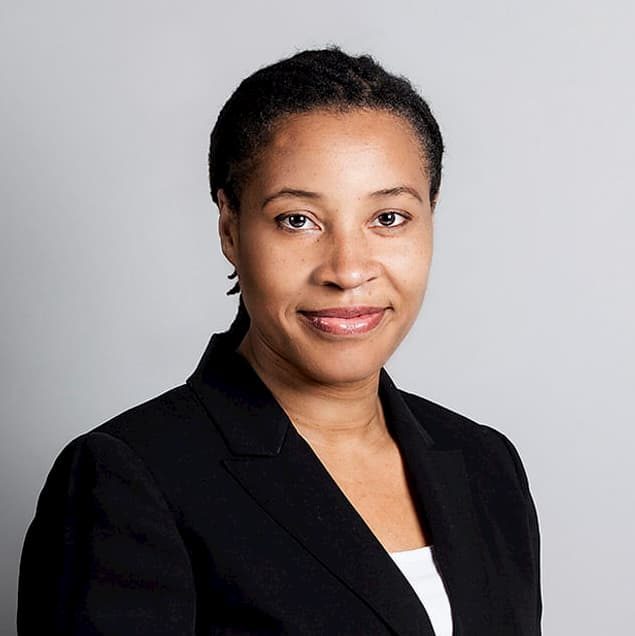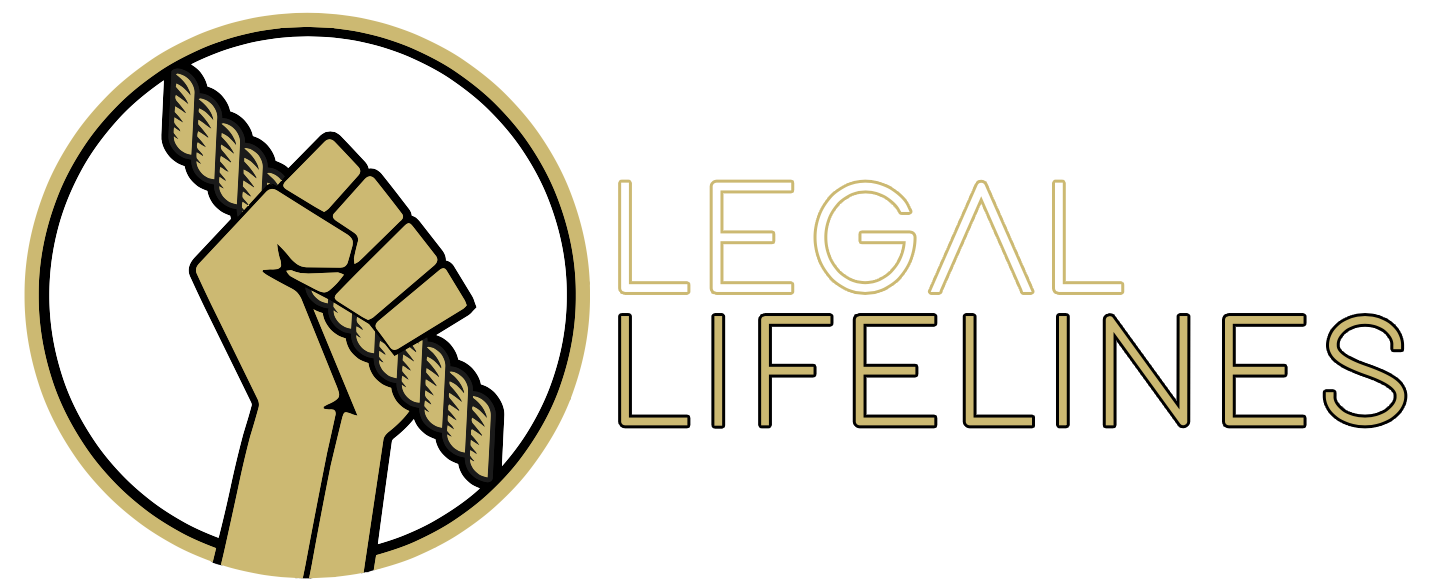“Going Country”…. The growing epidemic of ‘County Lines’ criminality & Modern Slavery
Introduction
County Lines is the term used to describe gangs and organised criminal networks, transporting drugs into one or more supply areas within the UK and using dedicated mobile phone lines or another form of “deal line”. They are likely to exploit children and vulnerable adults to move and store drugs and money and they will often use coercion, intimidation, violence (including sexual violence) and weapons.”1



By Emma Akuwudike
Leading & junior counsel with over two decades of experience in criminal defence work. Emma’s specialism is in both legal aid and private work. She is extremely hard working and is a fearless and tenacious advocate who quickly gains the trust of her clients.
"She has a brilliant analytical mind."
"She has extensive experience of murder, sexual offence and drug cases."
Legal 500
- Home Office 2018
- NCA 2016 County Lines Violence Exploitation and Drugs supply
- Spicer 2019
- NCA 2016
- Ministry of Justice (2019)
- NCA 2019
- Criminal Exploitation of children and vulnerable adults county lines GOV UK
- Modern Slavery Act 2015
- Home Office Identifying people at risk (enforcement)
- Schedule 4 Modern Slavery Act 2015 lists 140 offences which are exempt from the statutory defence, many of which are common in child trafficking cases, for example, arson. murder, kidnap and false imprisonment, firearms offences.
- see s.45(5) Modern Slavery Act 2015
- see s.45(5) Modern Slavery Act 205
- Crown Court Compendium Pt I July 2020
- Criminal exploitation of children and vulnerable adults: county lines- Gov.UK
Free and independent legal advice
You will never be penalised for asking for legal advice. It is your legal right and it is free of charge.
Remember: the law is complex and it never hurts to get expert advice, even if you are sure you have done nothing wrong.
Ask for Michael Herford and he, or one of his specialist team will provide you with a Legal LifeLine when you need it most.


